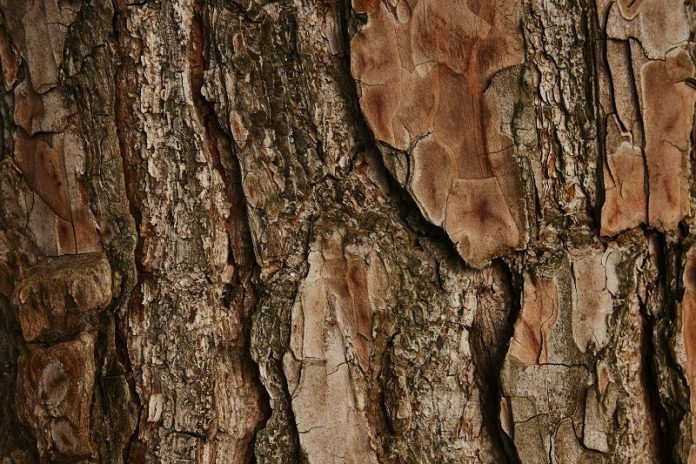
Tree bark plays a surprising role in fighting climate change by removing methane gas from the atmosphere, according to a study published in Nature.
While it’s well-known that trees help the environment by absorbing carbon dioxide, this new research reveals that microbes living in tree bark also absorb methane, a powerful greenhouse gas.
An international team of researchers, led by the University of Birmingham, discovered that microbes in tree bark and wood remove methane from the atmosphere on a scale equal to or greater than soil.
This process makes trees 10% more beneficial for the climate than previously thought.
Methane is responsible for about 30% of global warming since pre-industrial times, and its emissions are rising faster than ever.
Although most methane is removed by atmospheric processes, soils were previously thought to be the only terrestrial sink for methane. Now, researchers have shown that trees may be just as important, if not more so.
Professor Vincent Gauci of the University of Birmingham, the lead researcher, explained, “We usually think of trees’ environmental benefits as absorbing carbon dioxide through photosynthesis and storing it as carbon.
However, these results show a remarkable new way in which trees provide a vital climate service.”
The Global Methane Pledge, launched in 2021 at the COP26 climate summit, aims to cut methane emissions by 30% by the end of the decade. The study suggests that planting more trees and reducing deforestation should be key parts of achieving this goal.
The researchers studied trees in tropical, temperate, and boreal forests, taking measurements from tropical forests in the Amazon and Panama, temperate broadleaf trees in Oxfordshire, UK, and boreal coniferous forests in Sweden. They found that methane absorption was strongest in tropical forests, likely because microbes thrive in warm, wet conditions. On average, this methane absorption adds about 10% to the climate benefit that temperate and tropical trees provide.
By measuring methane exchange at various heights, the researchers found that while trees might emit a small amount of methane at soil level, they absorb methane from the atmosphere a few meters up.
The team used laser scanning to estimate the global tree bark surface area, calculating that trees globally remove between 24.6 and 49.9 million tons of methane. This discovery fills a significant gap in understanding the global sources and sinks of methane.
The shape analysis also revealed that if all the tree bark in the world were laid flat, it would cover an area equal to the Earth’s land surface. Co-author Yadvinder Malhi of the University of Oxford noted, “Tree woody surfaces add a third dimension to the way life on Earth interacts with the atmosphere, and this third dimension is teeming with life and surprises.”
Professor Gauci and his colleagues are now planning new research to determine if deforestation has increased atmospheric methane concentrations. They also aim to learn more about the microbes and their methane absorption mechanisms, and explore ways to enhance this natural methane removal process by trees.



